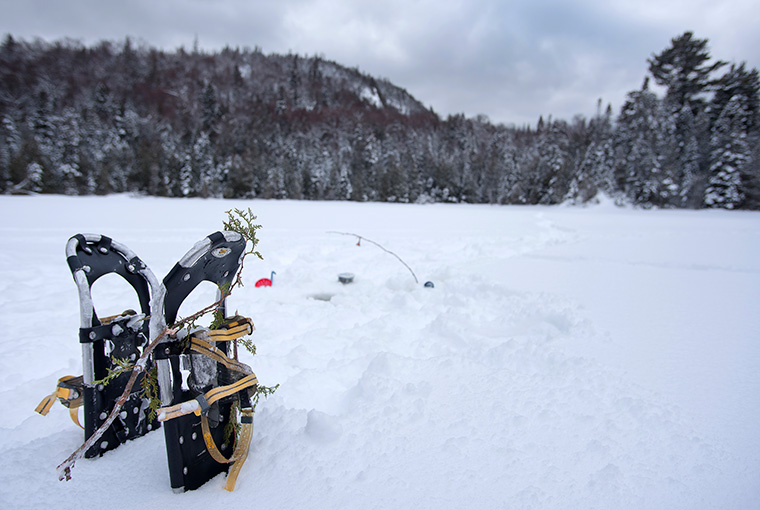
If you spend a lot of time outdoors in the winter, there’s a good chance you own a pair of snowshoes. The snowshoe is one of the simplest and most effective tools you can have to walk in the snow and is a go-to for winter-loving anglers and hunters. They are also the most dependable form of winter transportation. Snowshoes never leave you stranded.
The Indigenous people of North American are responsible for developing the basic webbed design of traditional snowshoes. Different Indigenous cultures used different shapes, sizes, and lengths. Some were round and even triangular, although the hunting snowshoe of the Cree is nearly six feet (1.8 metres) long and has a turned-up toe. Today, snowshoes come in a breathtaking variety of styles and shapes, with many made of light-weight aluminum with neoprene or nylon decking.
Childhood snowshoes
My earliest memories of snowshoeing were with Gord Senior on childhood ice-fishing expeditions. In those days, snowshoes were made with a wooden frame. As great as they were, they had some limitations. I could never seem to keep my boots in the bindings and would be walking along and have the snowshoe suddenly pull off. As often as not, I’d head face first into the snow or, worst of all, slush. More than one ice-fishing adventure was ruined by a face plant onto a wet lake. The rest of the day was then spent drying around a bonfire. There were all sorts of things we tried to do to keep the bindings on, including incorporating the rubber from bike inner tubes. It is difficult to explain how that worked, but it did help.
When I began hunting in the winter, I started using my snowshoes more often. My first snow hunts were for the aptly named snowshoe hare. These northern critters turn white in winter and have huge, padded feet that allow them to run on the top of the snow. There are few options but to use snowshoes for a winter hare hunter wanting to access the bush. At first, it felt unbelievably awkward to hunt on snowshoes, as holding a firearm changed the whole balance equation. Add to that bulky clothing, and I wasn’t exactly floating like a butterfly. Yet in time, the balance got sorted out and hunting on snowshoes got easier.
Others impart wisdom
My first few experiences moose hunting were also via snowshoe. My friend, the late Russ Swerdlyk (who also wrote for OOD back in the day), introduced me to the usefulness of snowshoes when tracking moose. Swerdlyk was a big man, but able to move at an impressive clip with snowshoes strapped on. He told me when you were on a moose track in the snow, “You ran when it ran, and walked when it walked.” Swerdlyk wasn’t really running in his snowshoes, but he was moving at a surprisingly quick pace.
Long, slender snowshoes made going fast a bit easier, although I found out very quickly my cardio was not where it should be. Swerdlyk and I never harvested a moose together while on snowshoes, but I do recall him talking about carrying a moose out on them. Lugging out a moose quarter on snowshoes is next-level material. God bless you, Russ.
Perhaps the thing that’s most under-appreciated about snowshoes is how useful they are for snowmobiling in the bush. Over the years, snowshoes have been instrumental in saving my bacon when a sled got stuck or broke down. Snowshoes are great for packing down trail if a machine gets bogged in slush or deep snow. By packing the snow in front of the machine, you have a way better chance of getting out, assuming you have some muscle to pull it.
Old school saved the day
Snowshoes have also proven their worth multiple times when machinery simply could not be used. One experience that comes to mind took place many years ago on a lake west of Thunder Bay. A friend and I had been ice fishing for brook trout and were deep in the backwoods. We had to cross a large frozen lake to get to this smaller lake, which was fine until a storm rolled in. We tried to make it back before things got really bad but were about a half an hour too late. Visibility was zero, and we ended up getting off the main lake trail and into slush. Long story short, the snowshoes came out and we got to the truck. Walking a long distance on a slushy lake with boots is both exhausting and dangerous. Snowshoes saved us that day.
Snowshoe use
My snowshoe use has decreased in recent years, although I have no less than three sets in my garage. However, two winters ago, I was invited to take part in a “celebrity” snowshoe race challenge as part of a lead up promotion for the Special Olympics, in Thunder Bay. It seemed like a great thing to take part in and I agreed. I also felt pretty good about my chances in these races, until I saw the apple-cheeked and 20-something competition. And when they said race, they weren’t kidding. It was a snowshoe run on a circular track! Thankfully, old age and treachery still has a place, and I completed the longish snowshoe race without falling on my face or coming in last.
All those years of chasing moose on snowshoes paid off.

Senior Editor Gord Ellis is a journalist, radio broadcaster, photographer, and professional angler based in Thunder Bay. Reach Gord at [email protected] and Twitter: @GordEllis
Originally published in the Nov.-Dec. 2021 issue of Ontario OUT of DOORS


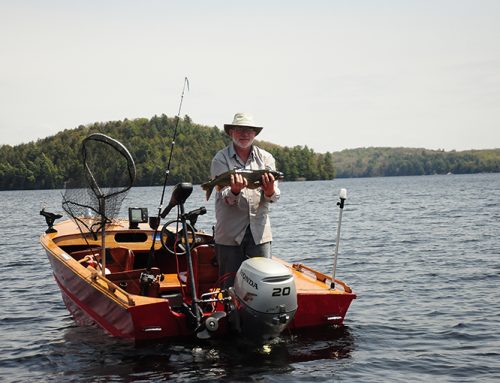
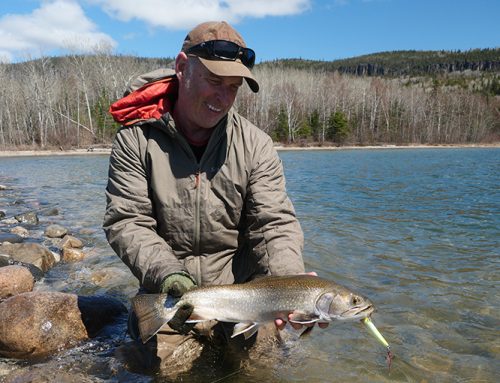
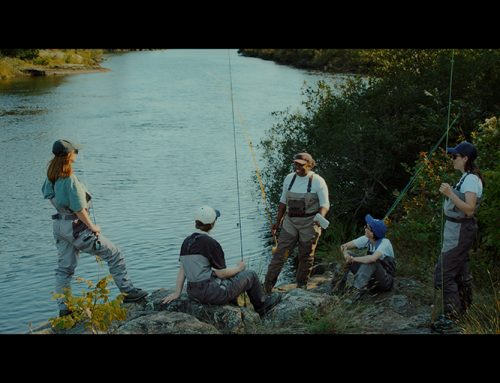
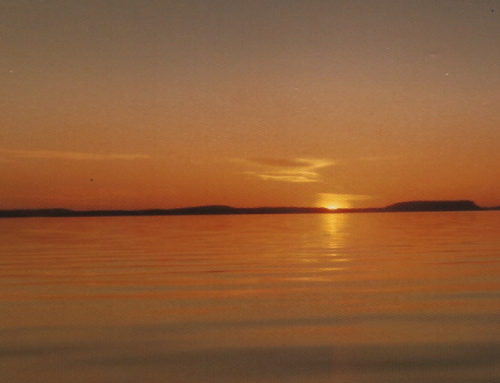
Leave A Comment